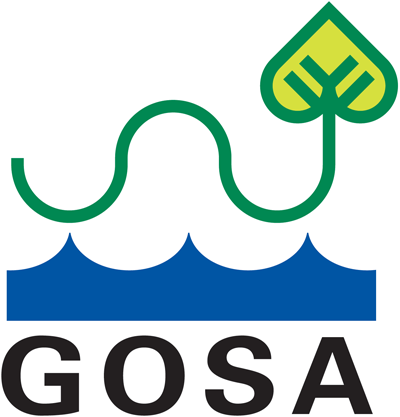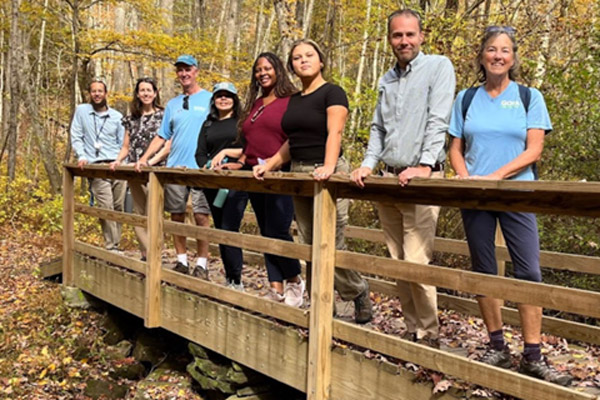July 15, 2014 Does a fen habitat interest you? Orchids, sundews, lilies, woodwardias and a few Atlantic white cedars? For a field trip on July 19, Saturday 10:00 AM, Groton, Avery Farm (Weber Farm), join Sigrun Gadwa, Connecticut Botanical Society Plant Ecologist, and Whitney Adams, Jr., GOSA member, when they visit 300 acres in Groton, part of a much larger mosaic of open space, being brought under preservation through the efforts of the Groton Open Space Association. Bring lunch and old sneakers or rubber boots for wet spots.
July 22, 2014 Many Thanks to GOSA (Groton Open Space Association) for hosting the botany field trip to the 298-acre Avery farm in Groton on July 19th. After an informative presentation our group of nine walked northerly between farm fields along a tree-lined gravel road, then headed westerly towards the 38 -acre wetland. Wherever the shrubs thinned out, we enjoyed the lovely vista of the pond to the west studded with white – and some pink – Nymphaea odorata (water lilies), with floating fen islands in the distance.With endless energy GOSA botanist, Whitney Adams, sprang down and then back up the bank of the pond to fetch interesting wetland specimens for the group to examine, like Woodwardia, with leaf veins arranged in chains and nets, and even twigs of such uncommon shrubs as Leucothoe racemosa (swamp sweet bells”) and Nemopanthus mucronata (mountain holly). We noted the long stemmed, dangling fruits of appropriately named dangleberries (Gaylussaccia frondosa). We learned the differences between several species of highbush blueberry – new information, even for the most accomplished botanists in the group. The substantial crescent shaped fruits of beaked hazelnut were a hit, as were etymological explanations of plant names. We were treated to close-up views of the delicate beauty of five carnivorous plants, three colorful Utricularias and both round and ovate sundews, also bog club moss (Lycopodiella). Back on Lambtown road, now a gravel hiking and biking path, we enjoyed a display of swamp rose in full bloom and botanized roadside plants, like Hieracieum scabrum, a blunt-leaved native hawkweed of sandy soils, with stem leaves, not a basal rosette. Whitney clearly explained how to identify poison sumac.
After lunch we hiked a lovely stretch of the powerline corridor that traverses Avery farm, an example of sensitive vegetation management in cooperation with the GOSA. NU/CL&P calls Sue Sutherland at GOSA before starting work, so she can speak with the contractor. So instead of cutting red cedars at the ground, as they have done elsewhere, they cut them higher per my instructions to provide habitat. in cooperation with GOSA . Red cedars and assorted tall shrubs were left in place, and vegetation was not disfigured by herbicide. Orange butterfly weed abounded. I finally have a sense of the gestalt of mature, wide-spreading witherod viburnum (Viburnum cassinoides var. nudum) and red and black chokeberries. Highlights were a population of upland boneset (Eupatoreum sessifolia) in an area with exposed bedrock , and then a miniature hilltop bog with sundews and Lycopodiella, threatened, however, by ATV’s. We heard towhees and a Great Crested Flycatcher and watched a Great Spangled Fritillary nectaring on orange milkweed. What an outstanding site for a botany field trip! We are also thankful that the weather was quite cool for mid July!

